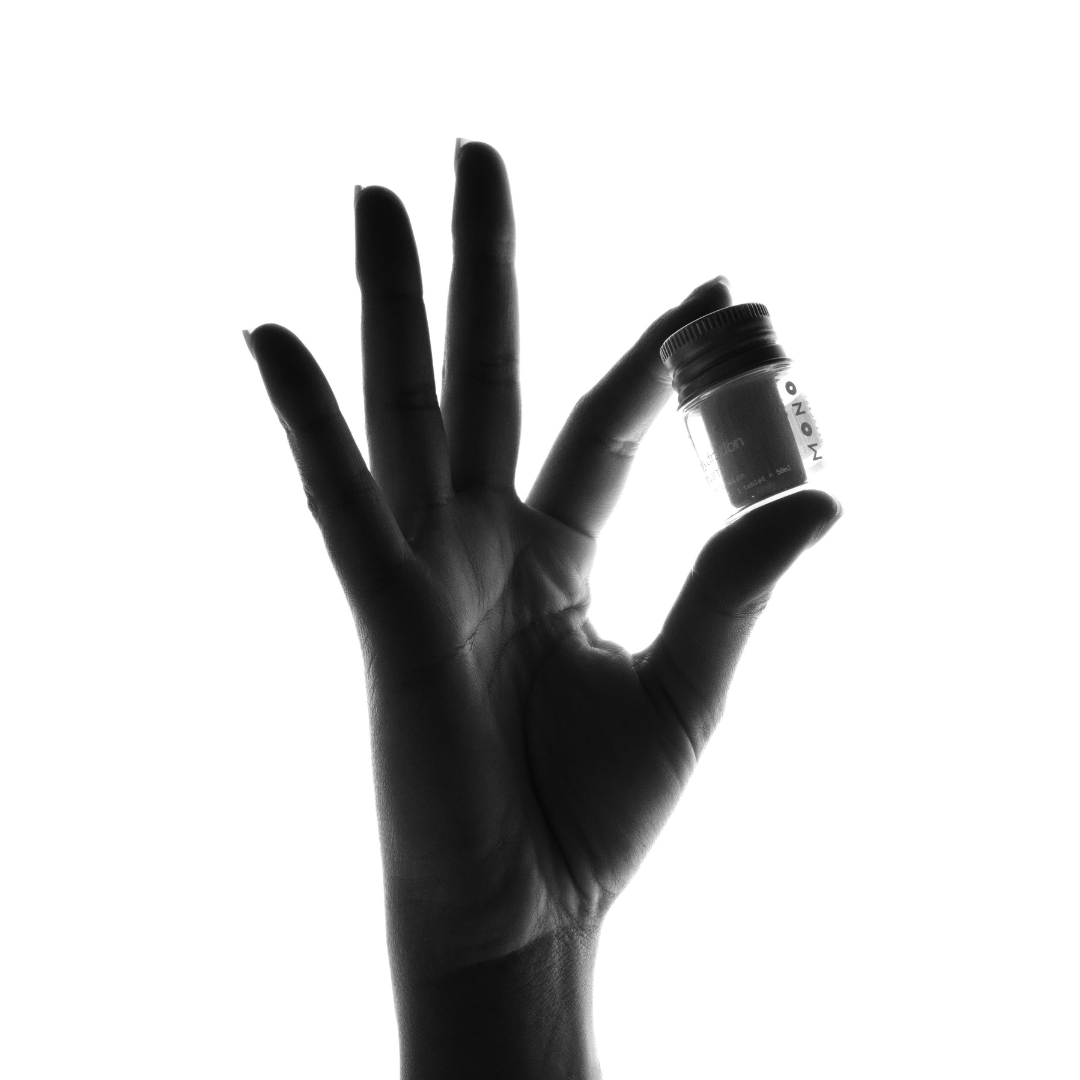
Skin Purging: Understanding the Skin's Reaction Process to New Skincare Products
Share
Skin purging is a commonly misunderstood phenomenon that occurs when starting a new skincare routine or using new products. It can be challenging to distinguish between purging and regular breakouts. Understanding this process is crucial for navigating through this initial phase without stress or confusion.
What is Skin Purging?
Skin purging is a temporary reaction that the skin may have when adapting to new skincare products. It often manifests as a temporary increase in existing breakouts or the onset of new blemishes. This occurs because the new products accelerate cell turnover, expelling impurities trapped beneath the skin's surface.
What Does Skin Purging Look Like?
Increased Breakouts: You may notice an increase in the number of pimples or acne flare-ups. This can include blackheads, whiteheads, pustules, or small red bumps.
Limited Duration: Purging is typically temporary, lasting a few weeks to a maximum of one month. It's a transitional phase where the skin clears out toxins and accumulated impurities.
Location: Areas prone to skin issues may experience increased activity during purging. For example, the T-zone (forehead, nose, chin) often shows increased breakouts during this phase.
Appearance: Purging breakouts may appear more superficial and less deep-seated than typical inflammatory acne. They may be smaller and resolve more quickly.
How to Differentiate Between Purging and Regular Breakouts?
Timing: Purging usually occurs shortly after starting new products, typically within two to four weeks.
Consistency: If you're using products that promote cell turnover such as retinoids or AHA/BHA exfoliants, purging may be expected. However, if breakouts persist beyond a few weeks without improvement, it could indicate a negative reaction to the products.
Consultation: If you're uncertain or if symptoms persist, consult a dermatologist. They can help determine whether your skin is purging or if adjustments are needed to your skincare routine.
Tips for Managing Skin Purging:
Patience: Purging is a sign that your skin is adjusting to new products. Be patient and give your skin time to regulate itself.
Hydration: Continue to hydrate your skin with non-comedogenic products to minimize dryness and irritation.
Sun Protection: Protect your skin from the sun with a broad-spectrum SPF 30 or higher sunscreen.
Skin sensitive during purging may be more susceptible to sun damage. By understanding and anticipating skin purging, you can navigate this initial phase with confidence and reap the long-term benefits of clearer, healthier skin. Remember that every skin reacts differently, so listen to your skin's signals and adjust your routine accordingly for the best results.
